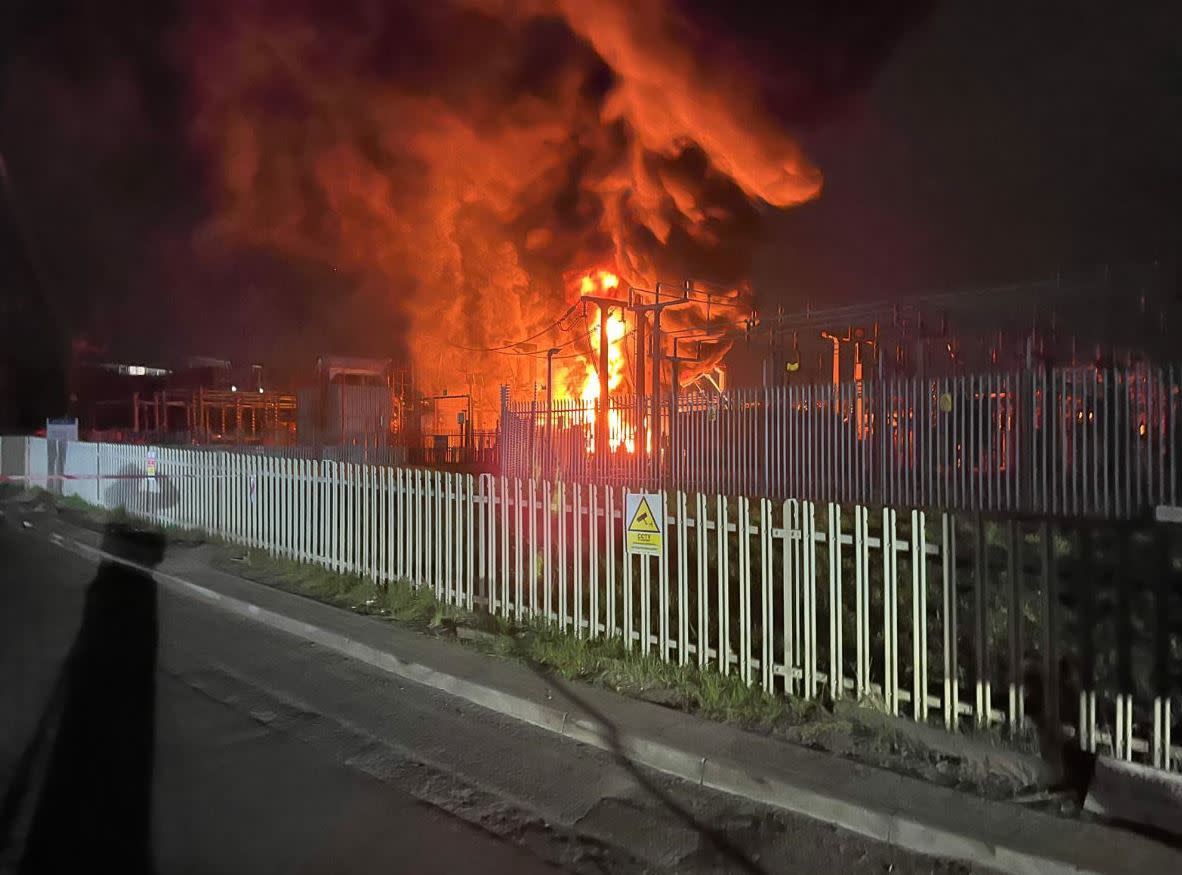Heathrow Airport Closed After Major Fire Causes Widespread Disruption
One of the world’s busiest airports, Heathrow Airport in London, has been forced to shut down for the entire day after a significant electrical fire, resulting in widespread power outages and major disruption to global travel.
The closure has affected hundreds of thousands of passengers, with experts warning that the impact could continue for several days, creating ripple effects across the international travel industry.
Electrical Substation Explosion
Early on Friday, an official announcement was made on Heathrow’s social media account, revealing the cause of the closure. The post read:
“Due to a fire at an electrical substation supplying the airport, Heathrow is experiencing a major power outage. To ensure the safety of our passengers and staff, Heathrow will remain closed until 23:59 on 21 March. Passengers are advised not to travel to the airport and to contact their airline for further updates. We sincerely apologize for the inconvenience.”
A Heathrow spokesperson added that flight disruptions were expected to extend for several days.
While the fire did not occur inside the airport itself, its proximity severely affected operations. According to reports from Sky News, the fire started in a transformer building located in Hayes, roughly 1.2 miles (2 kilometers) from the airport. The blaze led to an explosion at Heathrow’s primary electrical substation, plunging the airport into darkness. About 200,000 passengers were due to travel through Heathrow on that day, but the closure of the airport caused widespread disruption, which is likely to continue well into the weekend.
The fire began at around 11:30 PM on Thursday night, and although firefighters worked overnight to control the blaze, part of the transformer building is still burning. Local authorities have declared the incident a major emergency, and an investigation into the cause is underway.
Ongoing Efforts to Contain the Fire
By Friday morning, the fire had been extinguished, but specialist teams of firefighters continued to work on dampening the area using breathing apparatus. Pat Goulbourne, assistant commissioner for the fire service, commented on the challenging conditions, saying, “This was a highly visible and significant incident, and our teams worked relentlessly to bring the fire under control as quickly as possible.”
Despite efforts to mitigate the damage, the power outage has left Heathrow inoperable. The airport had backup power systems in place, but restoring them requires time and cannot provide an immediate solution. As a result, a significant number of flights have been affected. At least 1,357 flights have been canceled, diverted, or delayed, with several planes already en route to London being diverted to other airports. Other major airports in Europe are preparing for the rerouted planes, further compounding the strain on the region’s travel networks.
Far-Reaching Effects
Heathrow Airport, one of the busiest in the world for international travel, handled over 6.3 million passengers in January alone, marking a 5% increase from the same period in the previous year. It was also the 11th consecutive month that Heathrow saw an average of over 200,000 passengers per day. International flights, particularly those to and from North America, have been key drivers of passenger traffic during this period.
However, the closure of Heathrow has caused a massive backlog, and authorities are urging travelers to stay informed about their flights, as the situation is expected to last for several days. In addition to the flight cancellations, rail services to and from the airport have also been suspended for the day, according to National Rail.
Passengers who were scheduled to depart from Heathrow on Friday have been advised to stay in contact with their airlines for updates on their flights and to refrain from traveling to the airport. With the airport closed for such an extended period, there is concern that the fallout from this event could continue to affect air travel well beyond this weekend.
This incident serves as a reminder of the vulnerability of major transportation hubs to external disruptions. As airports around the world work to recover from this unexpected shutdown, it is clear that the ripple effect of this fire will be felt across the global travel network for some time.
